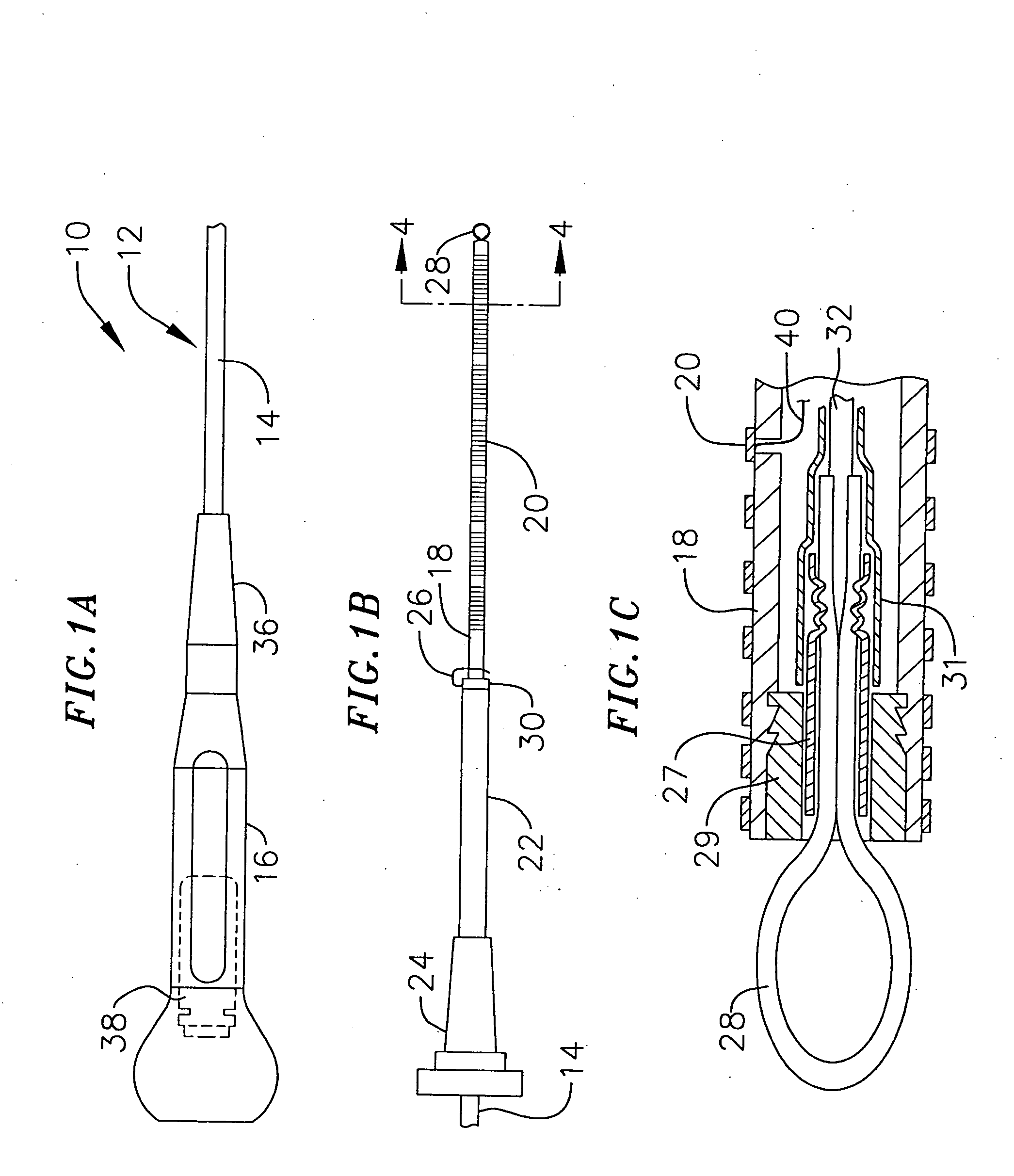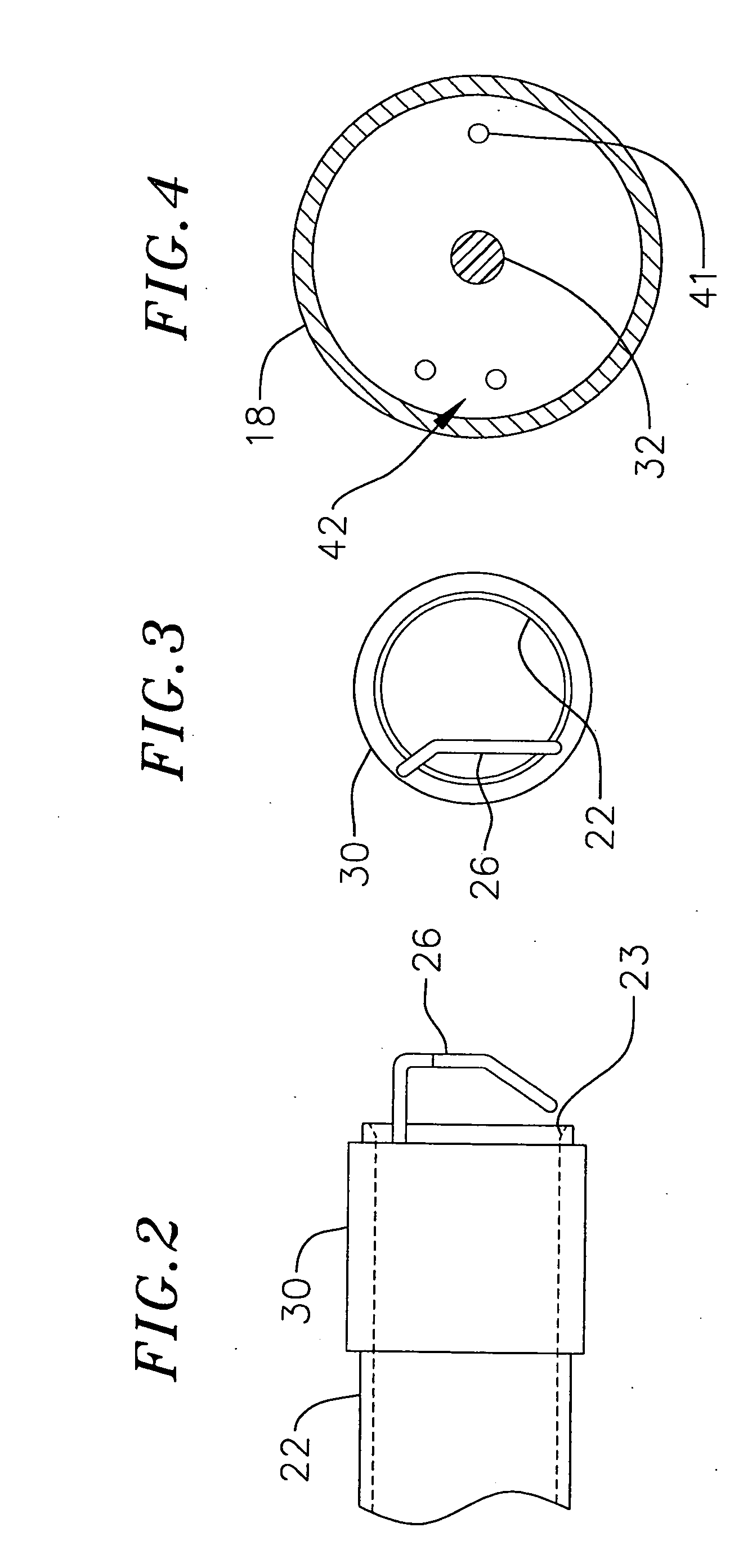Loop structures for positioning a diagnostic or therapeutic element on the epicardium or other organ surface
a diagnostic or therapeutic element and epicardium technology, applied in the field of structures for positioning diagnostic and therapeutic elements within the body, can solve the problems of suffering consequences, and affecting the normal activation of the left and right atria
- Summary
- Abstract
- Description
- Claims
- Application Information
AI Technical Summary
Benefits of technology
Problems solved by technology
Method used
Image
Examples
Embodiment Construction
The following is a detailed description of the best presently known modes of carrying out the inventions. This description is not to be taken in a limiting sense, but is made merely for the purpose of illustrating the general principles of the inventions.
The detailed description of the preferred embodiments is organized as follows: I. Loop Structures With Coupling Devices II. Loop Structures With Coupling Devices And Pull Wires III. Loop Structures With Pull Wires IV. Operative Elements, Temperature Sensing And Power Control V. Operative Element Identification VI. Masking VII. Clamp Devices VIII. Methods
The section titles and overall organization of the present detailed description are for the purpose of convenience only and are not intended to limit the present inventions.
This specification discloses a number of structures, mainly in the context of cardiac ablation, because the structures are well suited for use with myocardial tissue. Nevertheless, it should be appr...
PUM
| Property | Measurement | Unit |
|---|---|---|
| Flexibility | aaaaa | aaaaa |
Abstract
Description
Claims
Application Information
 Login to View More
Login to View More - R&D
- Intellectual Property
- Life Sciences
- Materials
- Tech Scout
- Unparalleled Data Quality
- Higher Quality Content
- 60% Fewer Hallucinations
Browse by: Latest US Patents, China's latest patents, Technical Efficacy Thesaurus, Application Domain, Technology Topic, Popular Technical Reports.
© 2025 PatSnap. All rights reserved.Legal|Privacy policy|Modern Slavery Act Transparency Statement|Sitemap|About US| Contact US: help@patsnap.com



